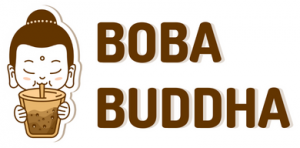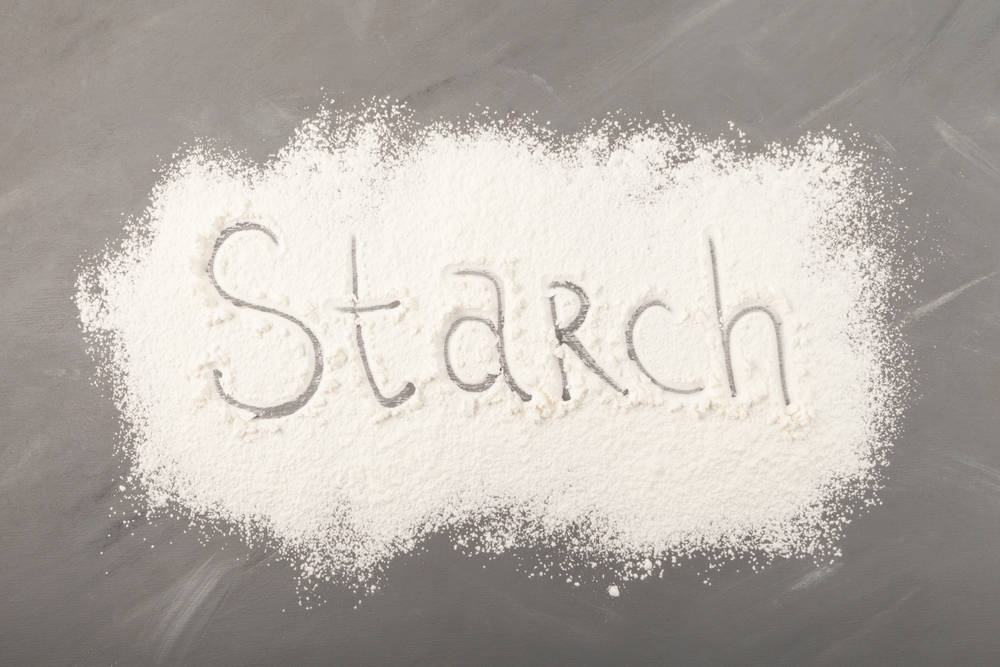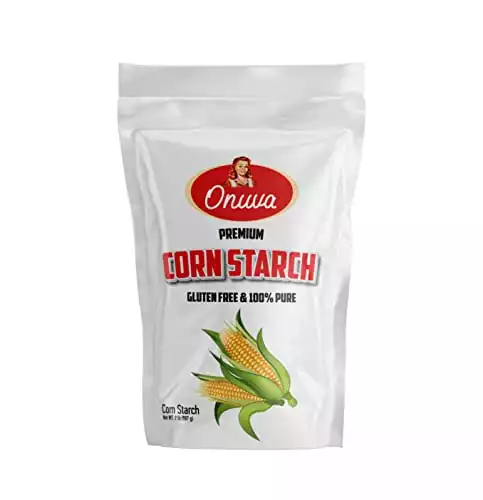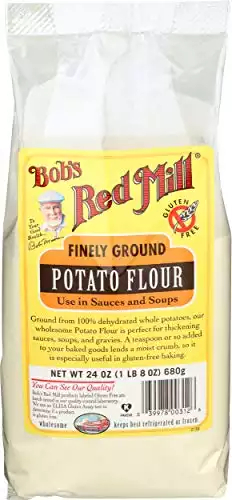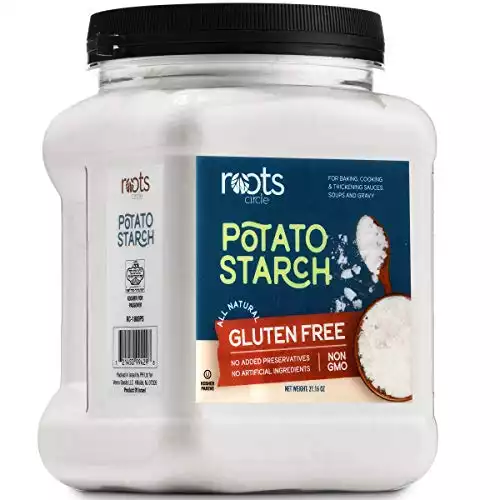If you’re craving homemade boba but don’t have the ingredients on hand, you’ll be happy to know there are multiple starch substitutes for tapioca pearls. Some of the most popular substitutes include arrowroot powder, cornstarch, and rice flour.
What Are Traditional Tapioca Pearls Made From?
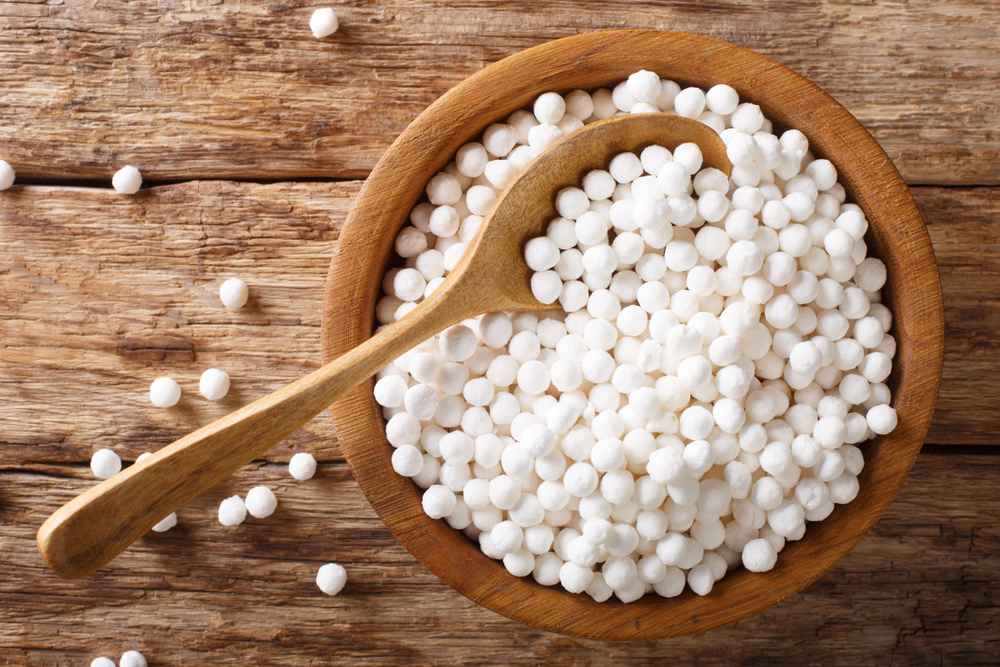
Traditional tapioca pearls are made from tapioca starch. When fully cooked, they appear translucent, giving them a slightly glossy finish. On their own, they are bland. However, tapioca pearls are the most popular bubble tea garnish. Bubble tea comes in many flavors, including classic boba milk tea, brown sugar bubble tea, taro bubble tea, and other unique flavors.
Tapioca starch is derived from the root of the cassava plant. It is gluten-free and gives the pearls a chewy texture.
Tapioca Starch vs Tapioca Flour
Both tapioca starch and tapioca flour come from the cassava root, which is native to South America and the Caribbean. Tapioca flour is made from the pulp of the plant. Tapioca starch is made from the whole root of the plant. Both options are great gluten-free alternatives for baking.
Tapioca starch is ground very finely. It is an excellent thickener for gravies and pie fillings and often creates thick crusts when baked. It does contain a high glycemic index, so it increases spikes in blood sugar easily.
Tapioca flour granules are slightly larger than those of tapioca starch. It is typically flavorless but may give baked goods a metallic taste if overused in a recipe. Its high carbohydrate count may be beneficial for anyone trying to gain weight. It is rich in B vitamins and Vitamin K. It contains a lot of fiber, which helps digestion.
You can use both options interchangeably in most recipes, including boba.

Tapioca Starch Alternatives
Cornstarch
Cornstarch is very similar to tapioca starch. It is a very strong thickening agent. In turn, you will use half of the amount that you would of tapioca flour. It is gluten-free and commonly used to thicken gravies and soups, however, it’s also great for boba.
Cassava Flour
When using cassava four as a substitute, remember that it has a nutty flavor. The ratio is equal amount to tapioca starch. It thickens ingredients more quickly than tapioca starch, so make sure to account for this. This is another gluten-free option.
Potato Flour
Potato flour may be a good alternative, but it will create denser boba pearls than tapioca starch. To create a lighter pearl, add one tablespoon of cornstarch to the mixture. Potato flour holds on to moisture and creates a chewy end product, similar to tapioca starch. A boba recipe with potato flour will call for half the amount of tapioca starch you would usually use. It is gluten-free and vegan-friendly.
Potato Starch
Potato starch is more similar to arrowroot and cornstarch. Because of its density, you only need half the amount of tapioca starch that the recipe calls for. For example, if the recipe calls for two tablespoons of tapioca starch, you will use one tablespoon of potato starch.
Arrowroot Powder
Arrowroot powder is arguably the best substitute for tapioca starch when making boba pearls. It is flavorless and can be used on a 1-to-1 ratio. It is gluten-free and easy to digest.
Rice Flour
This ingredient is another excellent alternative to tapioca starch. It is sticky and has a thicker texture than traditional starches. If your recipe calls for one cup of tapioca flour, use only half a cup of rice flour. It is an inherently gluten-free flour and has a mild flavor.
All-Purpose Flour
All-purpose flour needs to cook longer than tapioca flour when making tapioca pearls, as it does not absorb as quickly. It can be used on a 1-to-1 ratio. The appearance of the balls will likely be duller than usual.
Whole wheat flour is also an acceptable substitute but will impart a nutty flavor to the pearls.
